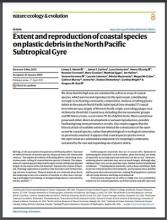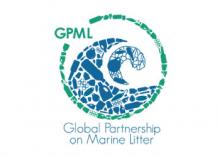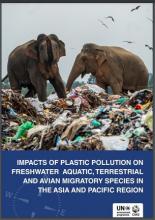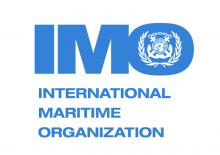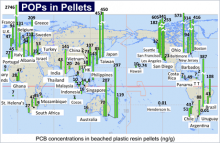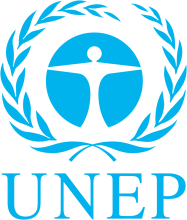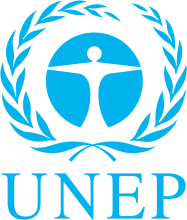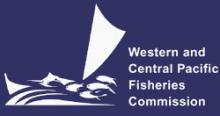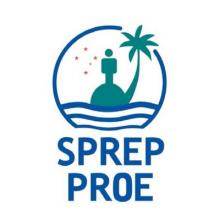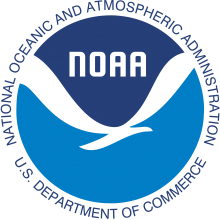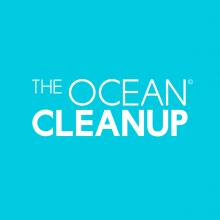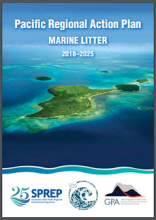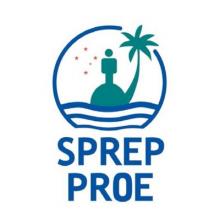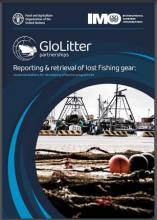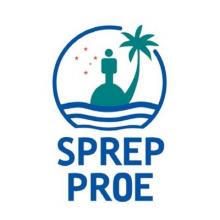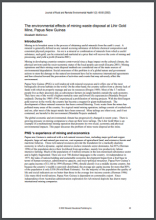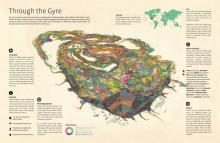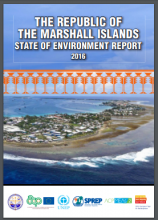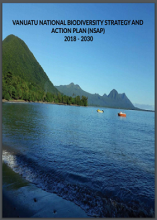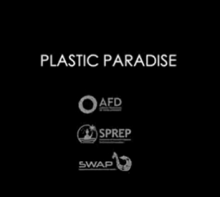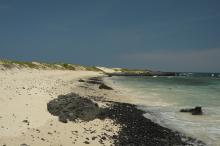
Pollution and the growing volumes of solid and hazardous wastes are major threats to the environments and sustainable development of the Pacific islands and their protected areas. Globalisation is accelerating the transition of Pacific communities towards consumer economies, with increasing urbanisation, migration, and participation in international trade. This is resulting in an escalation in the generation of solid and liquid wastes, and these increase the risk of coastal and marine pollution. The lack of controls on imported chemicals and the lack of capacity for managing pollutants threaten to undermine the quality and health of vulnerable ecosystems on which Pacific islanders depend.
Below are a few key resources on marine and terrestrioal waste
Stay up to date with the latest developments in Hazardous Waste Management, Liquid Waste Management, Marine and Terrestrial Pollution, and Solid Waste Management by visiting the Waste Management and Pollution Control Division at the Secretariat of the Pacific Regional Environment Programme (SPREP).
5 Gyres Institute
The 5 Gyres Institute has led the effort to research aquatic plastic pollution and to find solutions for regaining a plastic-free ocean.
Global Programme of Action for the Protection of the Marine Environment from Land-based Activities
The Global Programme of Action for the Protection of the Marine Environment from Land-based Activities (GPA) is the only global intergovernmental mechanism directly addressing the connectivity between terrestrial, freshwater, coastal and marine e
National Ballast Water Management Strategies
National Ballast Water Management Strategies
NOAA Marine Debris Program
Vision
The NOAA Marine Debris Program envisions the global ocean and its coasts free from the impacts of marine debris.
Ocean Cleanup
Ambitious technologies to rid the oceans of plastic.
Pacific Waste Education Handbook
Welcome to the Pacific Waste Education Handbook, created for educators and community facilitators to reduce waste in the Pacific.
Where to Pick up Ocean Plastic
Where to Pick up Ocean Plastic
THE BEST PLACES TO PICK UP OCEAN PLASTIC AREN’T THE BIG GARBAGE PATCHES


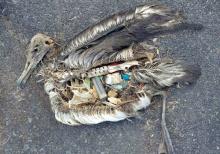
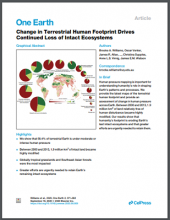
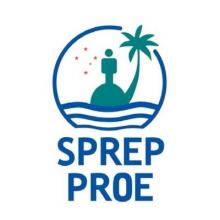
 Waste management and pollution control remains one of the most pressing environmental issues facing the Pacific region.
Waste management and pollution control remains one of the most pressing environmental issues facing the Pacific region.